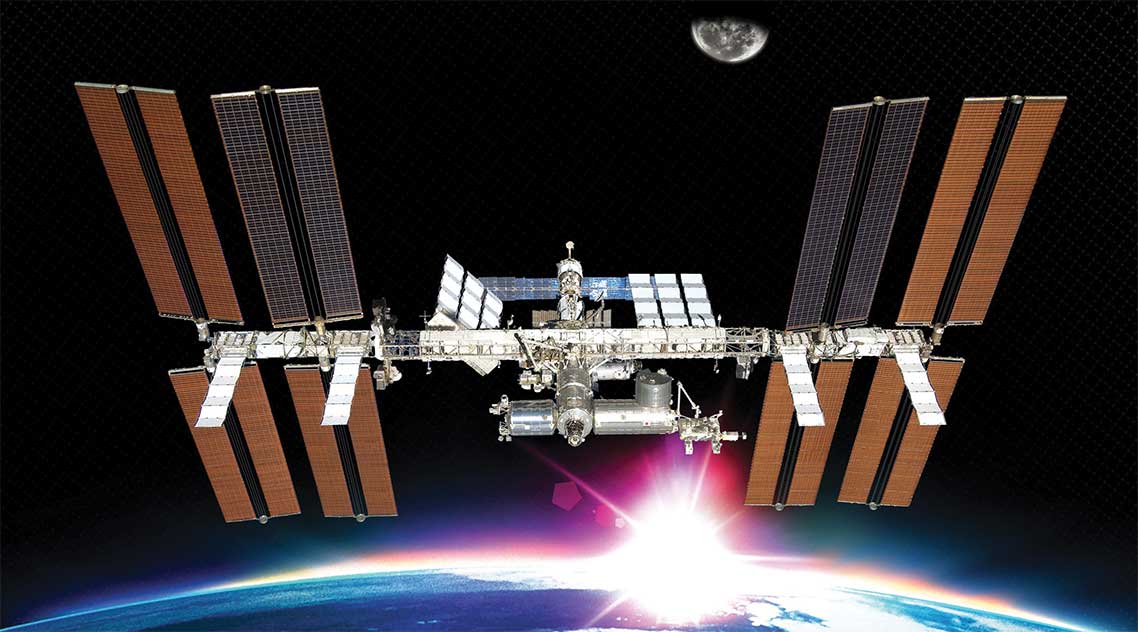Canada's Space Policy Framework
SPACE AND THE NATIONAL INTEREST
Few endeavours capture the imagination or tax the capabilities of humankind like the exploration and exploitation of space. And few have so quickly made themselves so indispensible.
Since the earliest days of spaceflight, Canada has been at the forefront of space technology. Only five years after the launch of Sputnik 1, Canada became the third nation in space in 1962 with the experimental satellite Alouette-1. When Anik A1 achieved orbit in 1972, Canada became the first country in the world to have its own domestic communication satellite, beaming television signals for the first time to the far North.
Over the years, our expertise in satellite communication and remote sensing has been complemented by global leadership in space robotics. The Canadarm was essential to NASA's Shuttle missions, making possible everything from satellite deployment, capture and repair, to the launch and servicing of the Hubble space telescope. The construction and maintenance of the International Space Station would not have been possible without Canadian robotics: first the Canadarm, then the Canadarm2 and Dextre, which functions as the Space Station's "hand."
CANADARM
When it made its debut aboard the Space Shuttle Columbia on November 13, 1981, the Canadarm instantly became an icon of Canadian technological innovation. Designed to deploy and retrieve payloads in space, the robot arm was integral to the Shuttle program. Five Canadarms were built and flown on NASA's orbiters. They worked flawlessly on 90 Shuttle missions and together spent a total of 944 days in space.
The Space Vision System, developed by Neptec, was used in conjunction with the Canadarm to enhance astronauts' vision while operating the robotic arm in the difficult viewing conditions of space. Neptec's Laser Camera System was also an integral part of the Shuttle's return to flight after the loss of the Columbia orbiter. It was installed on the end of Canadarm's extension boom to inspect hard-to-reach areas on the underside of the Shuttle that could not otherwise be viewed from the Shuttle.
BUILDING ON SUCCESS
The International Space Station was literally built in space by Canadian ingenuity. Three-quarters of the structure, which is the size of five NHL hockey rinks, was assembled using the Canadarm2. The 17-metre robotic arm captures, docks and releases visiting spacecraft, while Dextre, the Station's robotic "handyman," conducts routine maintenance, freeing astronauts for their most important task: conducting science experiments to benefit humanity.
